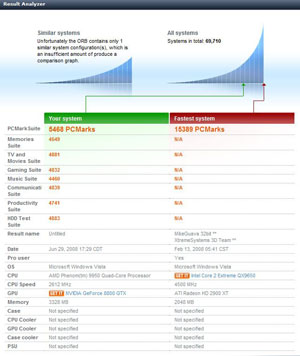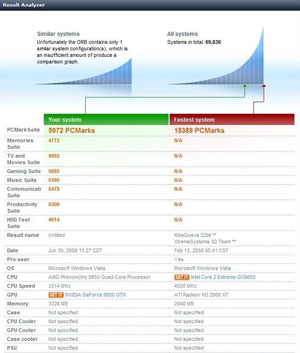|
AMD Phenom 9950 X4 Quad-Core Processor
PCMark Vantage
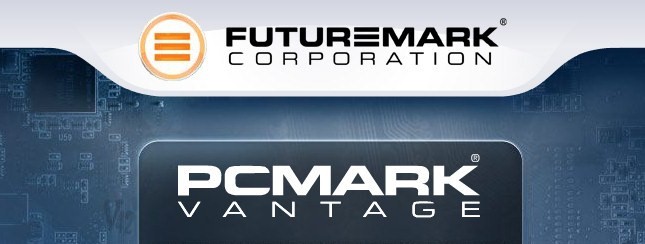
PCMark® Vantage is the first objective hardware performance benchmark for PCs running 32 and 64 bit versions of Microsoft® Windows Vista®. PCMark Vantage is perfectly suited for benchmarking any type of Microsoft® Windows Vista PC from multimedia home entertainment systems and laptops to dedicated workstations and hi-end gaming rigs. Regardless of whether the benchmarker is an artist or an IT Professional, PCMark Vantage shows the user where their system soars or falls flat, and how to get the most performance possible out of their hardware. PCMark Vantage is easy enough for even the most casual enthusiast to use yet supports in-depth, professional industry grade testing.
PCMark, tests just as the name implies, benchmarks your entire PC. Its a great overall benchmarks which tests every aspect of your computer. It then gives a very detailed printout of what it received in the various test suites and a break down for within those sections. The suites used to benchmark the entire computer are: Memories Suite, TV and Movies Suite, Gaming Suite, Music Suite, Communications Suite, Productivity Suite, and HDD Test Suite.
Listed above are the results of that both the stock and overclocked processor received. We can notice that when overclocked most of the suites increased between 200-600 marks, with an overall improvement of 504 marks. Thus showing that when overclocking the processor, we dont only see an improvement in gaming, but also most applications that you use on a daily basis.
3D Mark 06

3DMark®06 is the worldwide standard in advanced 3D game performance benchmarking. A fundamental tool for every company in the PC industry as well as PC users and gamers, 3DMark06 uses advanced real-time 3D game workloads to measure PC performance using a suite of DirectX 9 3D graphics tests, CPU tests, and 3D feature tests. 3DMark06 tests include all new HDR/SM3.0 graphics tests, SM2.0 graphics tests, AI and physics driven single and multiple cores or processor CPU tests and a collection of comprehensive feature tests to reliably measure next generation gaming performance today.
3DMark tests the graphical performance of your computer, although this is mostly dependent on the graphics card installed, a good portion of the test depends on the processor. We ran the test using the AMD Phenom 9950 configured at stock settings and then overclocked to 3.0GHz. Shown below are the results of these two test configurations.
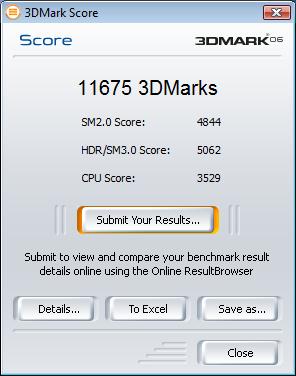 |
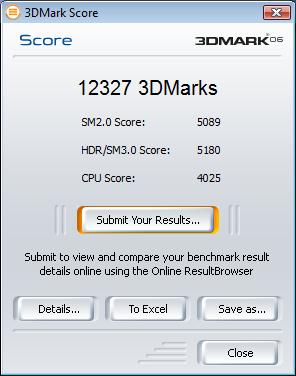 |
AMD Phenom X4 9950 @ 2.6GHz |
AMD Phenom X4 9950 OC @ 3.0GHz |
The performance on both tests were quite remarkable, running at stock speeds the AMD Phenom 9950 scored 11,675 marks overall and 3529 marks specifically for the CPU. Overclocked we were able to achieve 12,327 marks and 4025 were specifically for the CPU. This was an increase of overall 652 marks and a CPU increase of 496 marks. Also as you can see in the results above, when we overclocked the processor, the other two main test factors also improved nearly 200 marks each. Thus demonstrating that the overclock did improve the performance that we will achieve in many video games and applications.
HDR (High Dynamic Range) |
High dynamic range rendering (HDRR or HDR Rendering), also known as high dynamic range lighting, is the rendering of 3D computer graphics scenes by using lighting calculations done in a larger dynamic range. Video games and computer generated movies benefit from this as it creates more realistic scenes than with the previous lighting model (referred to as "low dynamic range lighting" or "standard lighting"). Information from Wikipedia. |
SM (Shader Modeling) |
The High Level Shading Language for DirectX implements a series of shader models. Using HLSL, you can create C-like programmable shaders for the Direct3D pipeline. Each shader model builds on the capabilities of the model before it, implementing more functionality with fewer restrictions. Shader model 1 started with DirectX 8 and included assembly level and C-like instructions. This model has many limitations caused by early programmable shader hardware. Shader model 2 and 3 greatly expanded on the number of instructions, and constants shaders could use. They are much more powerful than shader model 1, but still carry some of the existing limitations of the first shader model. Information from MSDN. |





